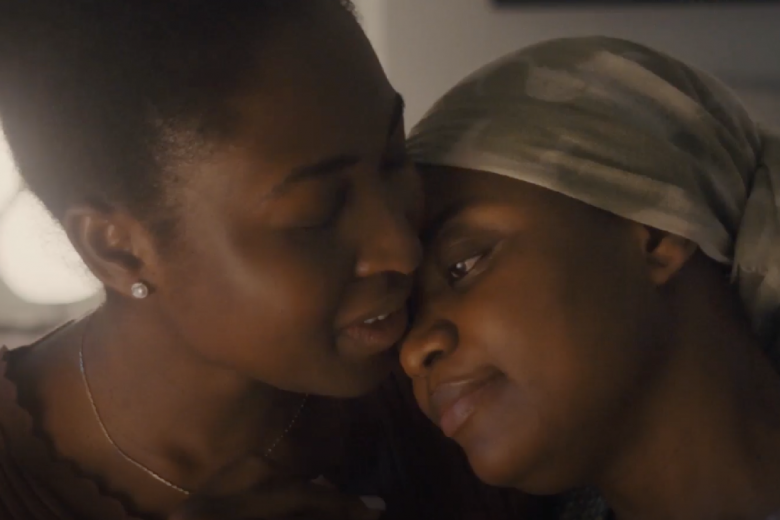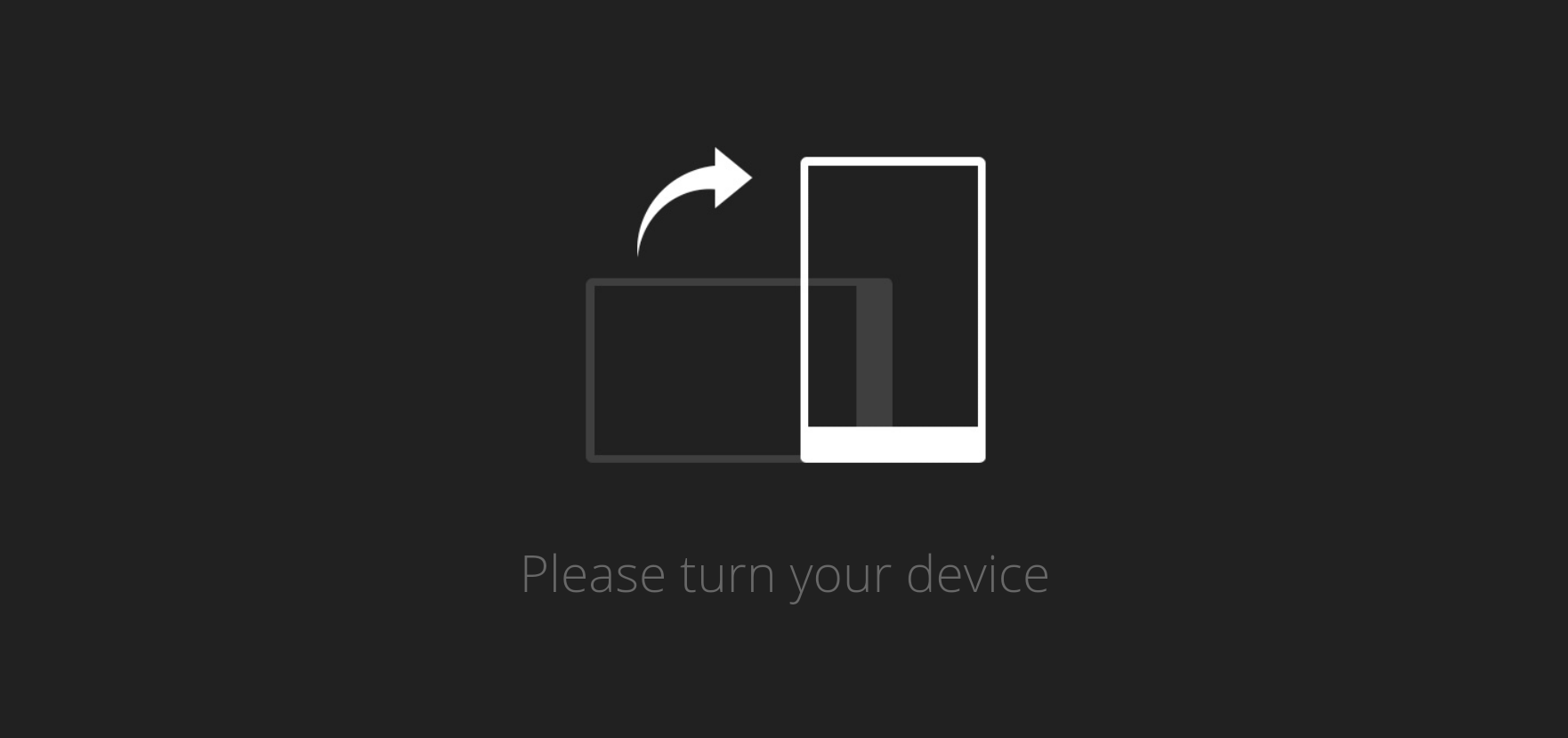
Skincare Routines Are Complicated Enough, Then Cancer Strikes. Here’s Where You Can Turn To For The Skincare Advice You Need

Take La Roche-Posay's 15 minute e-learning module to learn about how to provide holistic support for those undergoing cancer treatment, both as a patient and a caregiver.
Cancer is such a harsh disease that has ripple-down effects well beyond the classic sucky elements you see on TV.
One of the lesser-known side effects is your skin completely changing. Flaky, sensitive, dry and sore – particularly if you’re going through intensive treatment like chemotherapy and radiation. Because your body is dealing with so much, skincare tends gets shoved right to the bottom of the list, meaning cancer patients are left feeling down about that too.
The fact is that 80% of cancer patients suffer from harsh skin side effects as a direct result of their treatment* – and some cases are so extreme that they can cause patients to slow down or even stop their therapy completely. However, there are preventative measures that patients can take to improve their skin condition, so they can crack on with their life-saving treatments.
Luckily La Roche Posay has conducted research with over 11,000 cancer patients to figure out the quickest and most comfortable remedies that helped them during their treatment. And it’s not too intensive! If you’re going through treatment yourself right now, or have a loved one in the thick of it, here’s the handy step-by-step guide you need.
Step-by-step guide for supporting those undergoing cancer treatment
1. Talk about your feelings
And don’t feel restricted about who you can talk to. Whether you’re going through the treatment yourself or supporting someone else, don’t feel like you can’t talk to Oncologists, family, friends or colleagues about what’s going on. The mental load of cancer treatment can be shared, so don’t feel like you have to bottle everything up and deal with it all alone.
2. It’s okay to feel stressed
Obviously going through cancer treatment is a huge stress on your body and mind, but even those supporting loved ones through treatment can become distressed. In fact, 69% of all caregivers say they sometimes have screened positive for distress, with 34% experiencing anxiety and 26% suffering depression**. While you want to try and avoid letting that build up, don’t feel alarmed by these stressful feelings rocking up. It’s totally normal to go through them, but you just need to remember to…
3. Ask for help, at any point
While you may feel siloed in ‘cancer world’, you’d be surprised to see just how many people are happy to help when you ask them for a hand. Whether it’s taking another task of your plate, offering to take your dog for a walk or being on call for pick up duties so you can focus on treatment or care, people will help. So don’t be afraid to ask.
4. Check in with yourself
This is one that applies to cancer patients and caregivers alike, as the rush and logistics of treatment leave little room to check in with yourself. But, when you can, ask yourself the following questions:
- What challenges do you face?
- Do you take time for yourself?
- Do you talk to your doctor about yourself?
- Who do you talk to about your feelings, emotions, and fears?
- Have you felt the need to rest or take a break?
- Do you have enough support?
- Do you feel like you are facing situations that are beyond your own limits?
- Are you well-informed about the disease and its treatment?
- How do you feel about the changes in their behaviour?
- Did you know that financial, household, and material assistance is available?
5. Figure out what kind of extra therapies can work with you and your loved one
While the cancer treatment itself is obviously doing most of the legwork, there are ways you can increase comfort at home and with your loved ones – with one of the most popular methods being touch therapy. This isn’t something that has to be administered by a professional practitioner, but more a lovely routine to share with your loved one at a time like this.
You can dabble, with consent obviously, in skin-to-skin touch therapy, which all able the biological and microbiological action of something like rubbing a moisturising lotion onto the dry skin of someone going through treatment. There’s also skin-to-brain touch therapy that is activated by the mechanical and thermal action of touch on the skin – triggering the activation of specific brain areas. Or there’s brain-to-skin touch therapy which involves talking through the influence of mental and emotional states on skin physiology. It’s a fascinating area to explore and one that can make your cancer journey a little comfier.
6. Have a pampering night
Who doesn’t love a spa night?! If you’re the caregiver, throw a spontaneous pamper night for your loved one, chucking on cheesy movies and whipping out the most moisturising and organic face masks you can while you do a manicure!
Just something to note on that front though: Avoid using nail scissors on their nails or cuticles as they can cause cuts that can lead to infections. It’s also best to have the patient discontinue the use of artificial nails or polish as they can further weaken nails, but a buff and file and a dollop of cuticle cream are just fine!
While you’re in spa mode you can also offer to help with haircare. It’s best for those going through cancer treatment to space hair washes out to every 4-5 days, leaving the same gap of time following a treatment session. But when you do opt for a hair wash, use a gentle shampoo, avoid any heat styling afterwards and if they’re dealing with any hair loss then a lovely head massage with some natural, juicy moisturiser will feel like heaven.
7. Food, food, food!
Did you know that cancer patients need more protein, calories, vitamins and minerals when undergoing treatment? And did you know that caregivers miss way too many meals because they’re focused on someone else’s food intake? Well, why not solve two problems at once by sorting out an eating plan! Cooking up bulk portions of balanced meals that are stuffed full of proteins, fats, carbohydrates and nutrients that can be shoved in the freezer until they’re needed will save you on even the hardest of days.
8. Monitor pain and manage fatigue
During this period, whether you’re the patient or the caregiver, you need to be keeping a close eye on symptoms and changes in the body or mindset of the patient. That’s just a given. If you do spot something that needs to be addressed by a doctor, ring them immediately, but if you’re noticing that your loved one isn’t in pain but uncomfortable with their position or set up at home or in hospital there are a few handy tweaks you can make. You can run them a warm bath or apply a warm washcloth to any painful areas. Alternatively, you can place a cool pack on those spots to ease them too. A bit of gentle massage with light pressure on any sore or strained areas may help along with some good old-fashioned distractions. Have some games, activities or really good TV shows on hand to whip out when your loved one needs to get their mind off treatment.
You may also find that your own fatigue becomes something else to manage as a caregiver, so make sure you’re checking in with your own body and finding ways to bring energy in when you’re feeling flat. Great suggestions are doing a bit of yoga or stretching at home, heading off on a walk, booking in rest periods in advance and trying not to over-do it with exercise or nap for longer than an hour – as that can undo your hard energy-building work.
How to support someone going through cancer treatment
Whether you’re a patient yourself or a caregiver for someone going through intensive treatments, it can be hard to figure out what you need or how to support someone through that time. This is why La Roche-Posay’s 15-minute e-learning module can help to provide holistic support for those undergoing cancer treatment – so you can help ease the burden and help your loved ones fight with care.
Absolutely anyone can take the e-learning module for free right here. It’ll be the best 15 minutes you’ve ever spent and can make a world of difference.
Image credit: Supplied / La Roche Posay
*Charles C., et al. March 2013. Impact of cutaneous toxicity associated with targeted therapies on quality of life. Results of a longitudinal exploratory study. Bulletin du Cancer. Vol 100 N 3
**Sklenarova, H., et al. (2015), When do we need to care about the caregiver? Supportive care needs, anxiety, and depression among informal caregivers of patients with cancer and cancer survivors. Cancer, 121: 1513-1519.
